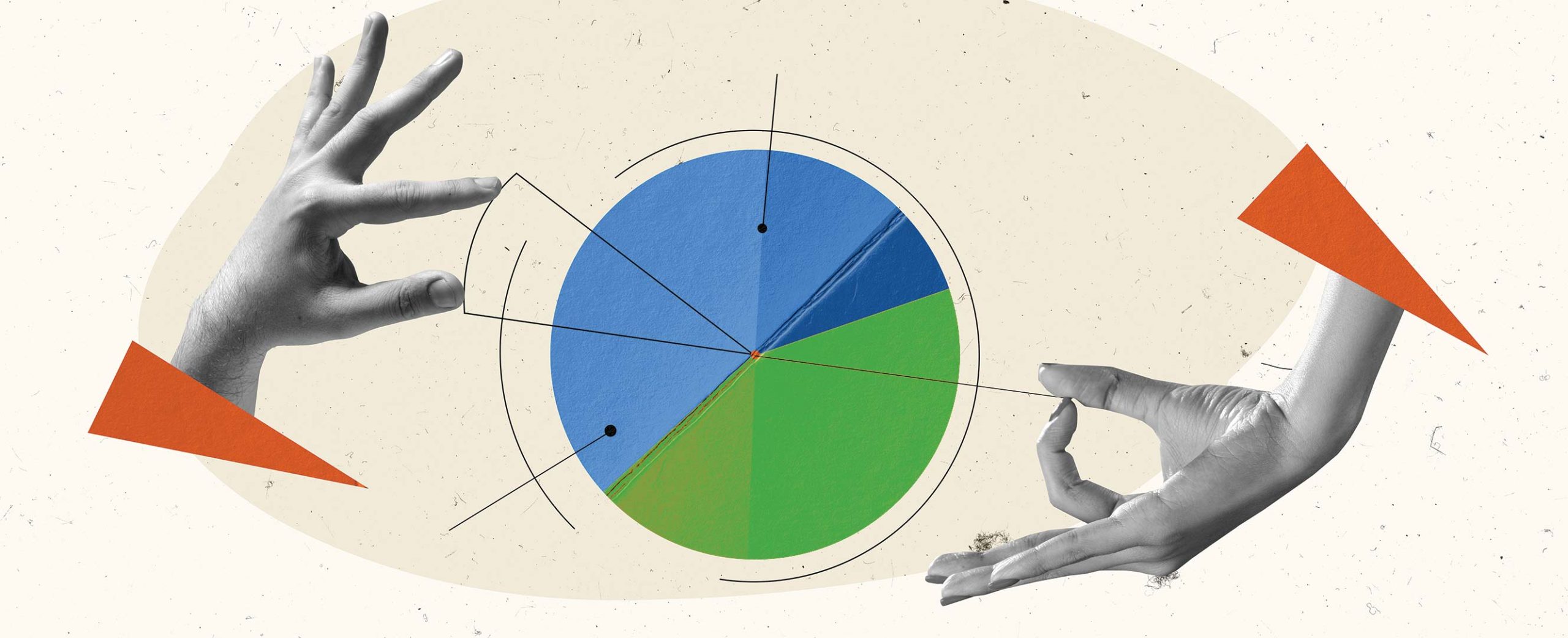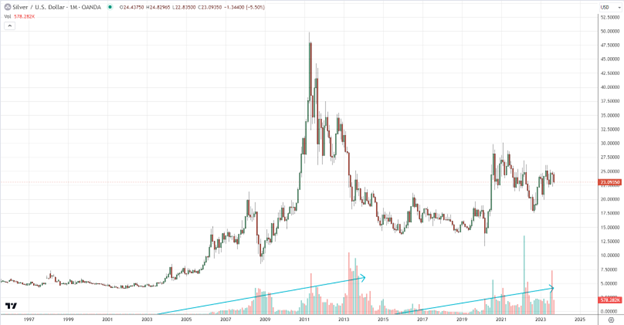The Federal Reserve Board is the central banking system of the United States. It was founded in 1913 by Congress to provide the nation with a safer, more flexible and more stable monetary and financial system. The Federal Reserve Board plays an important role in our economy by implementing monetary policy and open market activities. In this blog post, we will discuss the impact of the Federal Reserve Board on business activity and market stability. We will also explore the different rates that the Federal Reserve Board uses and how they impact the economy. Good luck on your Series 7 exam!
Monetary policy refers to the actions taken by the Federal Reserve Board to influence the availability and cost of money in order to achieve specific economic goals. One of the main tools used by the Federal Reserve Board to implement monetary policy is open market activities, which involve changes in interest rates and/or the quantity of money available. For example, the Federal Reserve Board may decide to lower interest rates in order to stimulate economic activity and boost the growth of the economy. Fiscal policy, on the other hand, refers to the actions taken by the government to influence economic activity through its spending and tax decisions. This may happen through the use of tax cuts, for example, to stimulate economic growth.
Overall, the Federal Reserve Board has a significant impact on business activity and market stability. By lowering interest rates or expanding the supply of money through open market activities, it can help stimulate economic growth and address issues such as recession, unemployment, rising prices, or falling asset values. At other times, however, it may need to take more restrictive measures to control inflation or respond to financial instability.
There are several different rates used by the Federal Reserve Board, including the interest rate, discount rate, and federal funds rate. Each of these rates serves a different purpose and is used in various ways to influence economic conditions. For example, by lowering interest rates on loans or increasing the amount of money available through open market activities, it can help increase borrowing and investment activity. Conversely, raising interest rates or reducing the money supply may have the opposite effect by discouraging consumers from taking out new loans or making investments.
Overall, understanding how the Federal Reserve Board works and its impact on business activity and market stability is an essential part of Series 7 exam prep. These and other topics will be covered on the Series 7 exam. Achievable offers comprehensive Series 7 exam practice questions to prepare you for the Series 7 Exam. With the right tools and resources, you can feel confident as you prepare for your Series 7 exam. Good luck!



